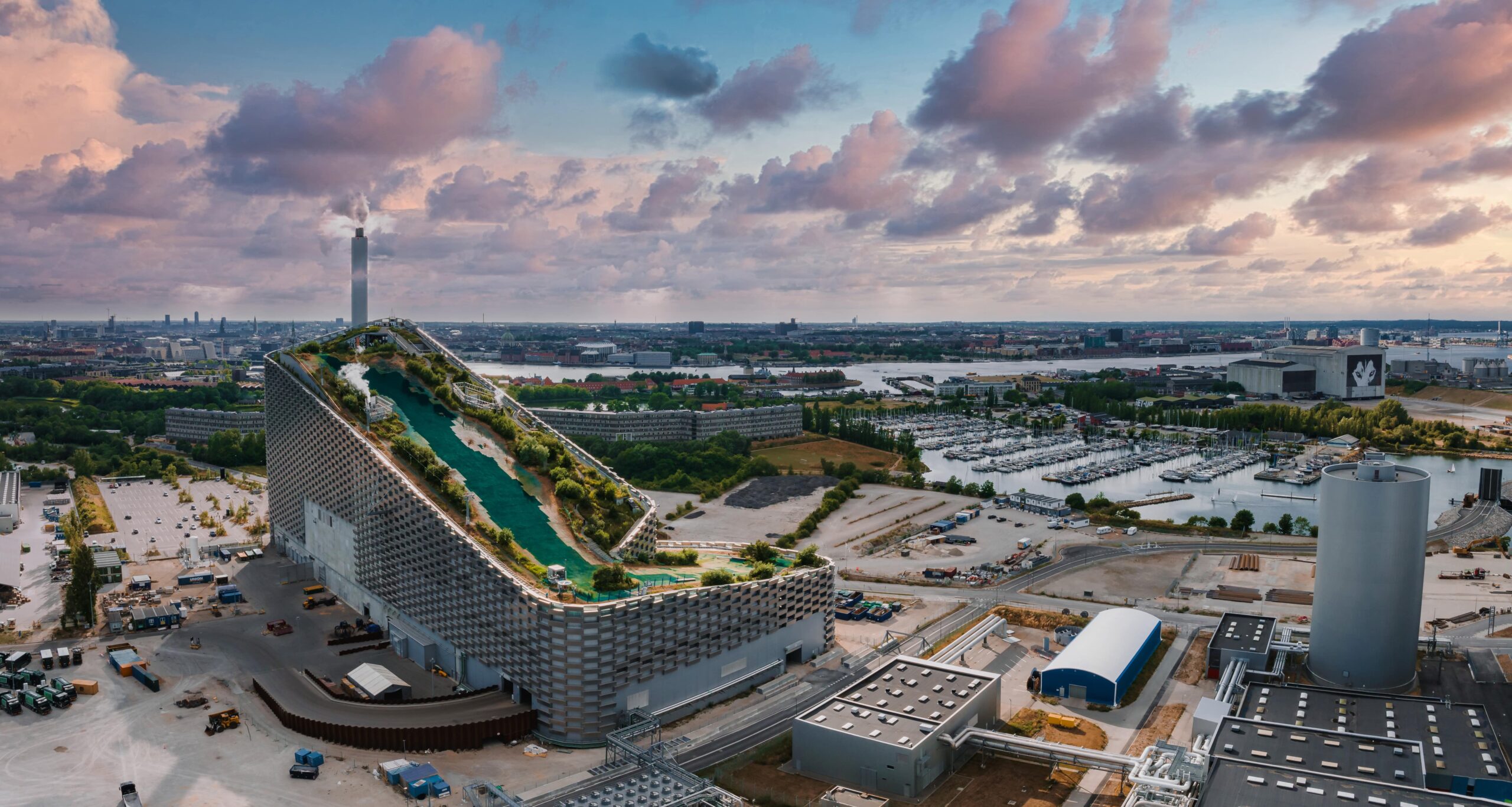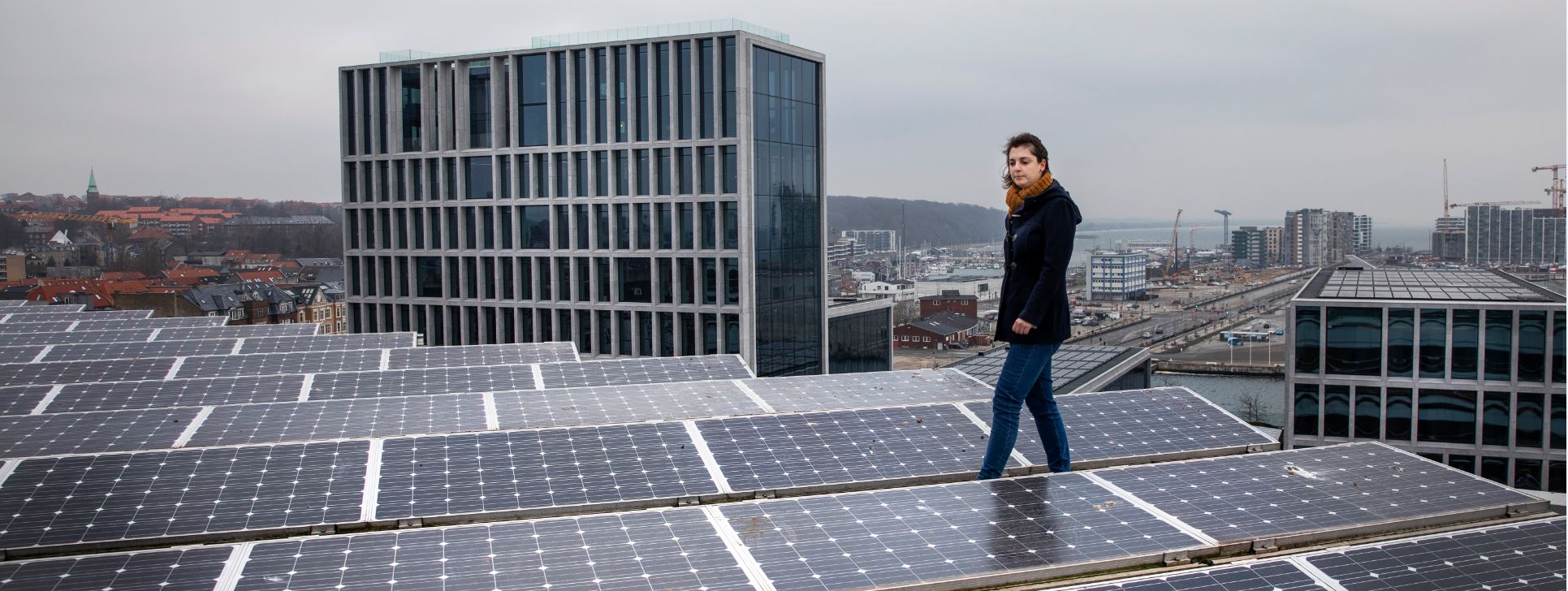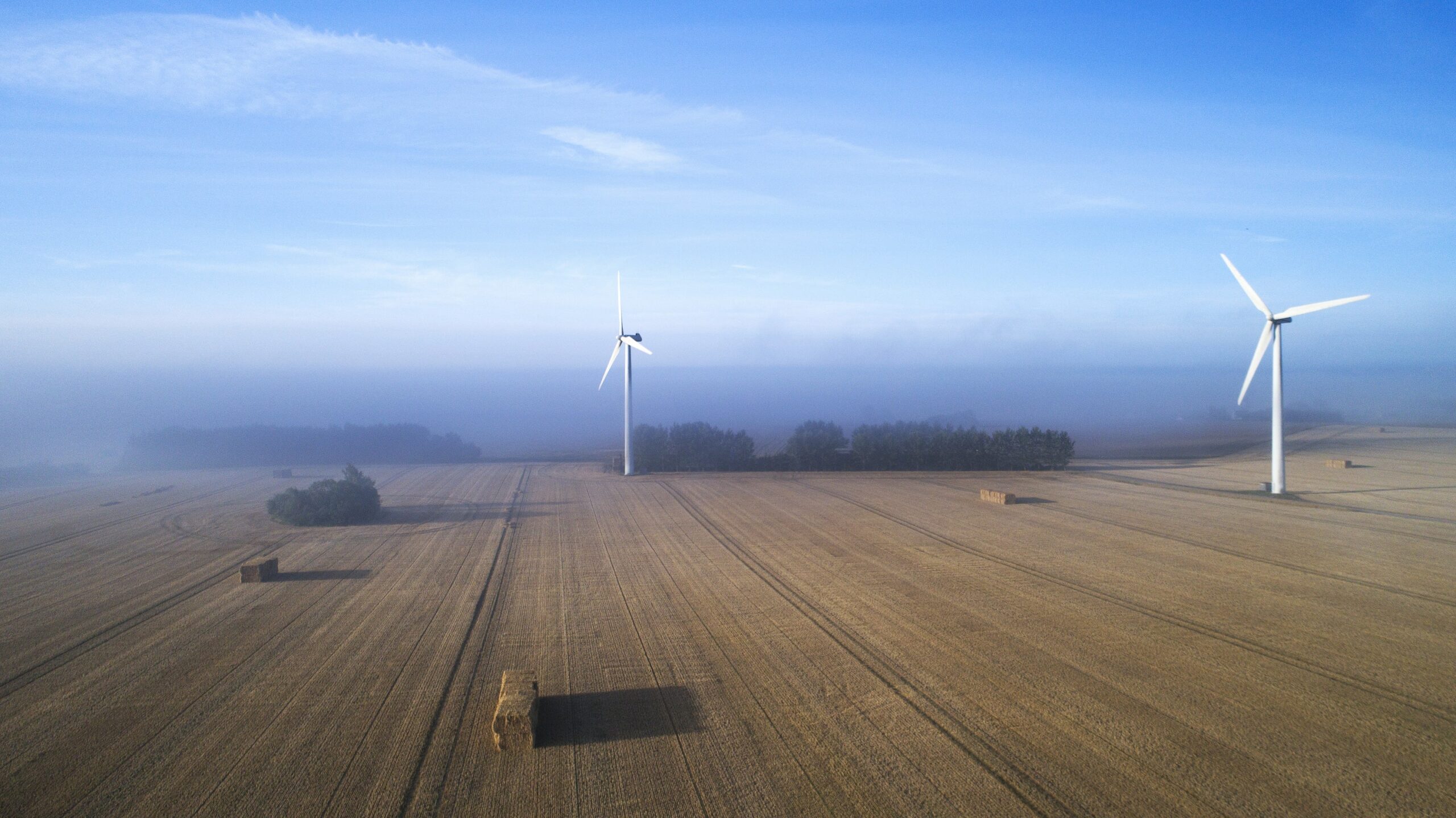News
District energy
District heating
Geothermal energy
+4
IEA: More policy attention is needed for renewable heat


As winter temperatures plummet in the Northern hemisphere, renewable heat is increasingly being used to provide heat for warmth and comfort. Yet it has a long way to go to catch up with fossil fuels, which currently provide more than three-quarters of heat production globally, resulting in significant CO2 emissions and in some cases adding to local air pollution.
Renewable heat options, including bioenergy, solar thermal and geothermal are significantly more sustainable options then fossil fuels, yet they encounter multiple economic and non-economic barriers. While many countries are focusing policies on renewable electricity, renewable heat is getting much less attention.
- Related news: Scottish Government Delegation in Denmark to Study District Heating
This represents a massive opportunity for emissions reductions, as heat consumption accounts for over 50% of total final consumption. It is vitally important for not only space and water heating but also many industrial processes. Despite this significance, heat remains the sleeping giant of energy policy.
There are some good news stories, as a few select countries are leading the way on the decarbonisation of heat supply. For example, almost 70% of Sweden’s heat is supplied from renewable options, with impressive shares also in Denmark (50%) and Finland (40%). Part of the reason for this success is extensive, public district heating networks that have been developed over decades, coupled with long-term ambitions to make a switch to renewables.
Renewable heat in these countries is also increasingly being used in buildings not connected to district heating, as well as in industry. Key policy instruments to support this switch have included carbon taxes and investment incentives, often coupled with regulatory measures. For example, Denmark has restricted the use of fossil fuel heating in certain types of buildings.
Other countries like China, France, Germany, the Netherlands and the United Kingdom are slowly expanding their district heating networks, as well as switching to renewable heat options to help decarbonise heat supply.
Countries that have extensive natural gas grids are finding the switch challenging. To overcome barriers, a range of policy instruments are being deployed such as renewable heat obligations in building codes and a range of financial incentives. In this respect, local utilities can be important drivers of change, with ambitious targets for renewable heat for example in Paris and Munich.
- Related news: New Tool to Share Danish District Heating Knowledge
Of course, approaches to renewable heat policy will vary between countries, depending on existing infrastructure and renewable resources. Most countries will have some no-regrets options (e.g. producing biogas for heat from organic waste) which can be implemented quickly and bring multiple, additional benefits.
Regardless of what policy options are available, renewable heat deployment must accelerate to achieve a long-term clean energy transition and meet global emissions reduction targets. This means policy makers need to pay more attention to heat, setting long-term targets, taking an integrated approach with energy efficiency, and crafting effective policies targeting key barriers. With the right strategy and policies, the world can get on track for a transition to clean heat for buildings and industry.
You should consider reading
events
Carbon capture, storage and utilisation
+4















